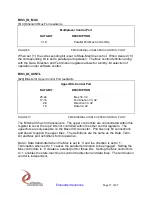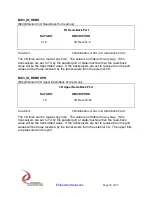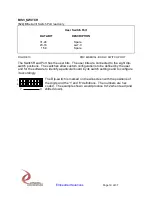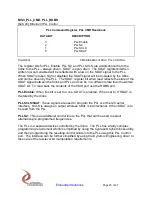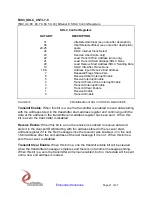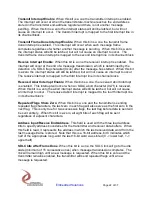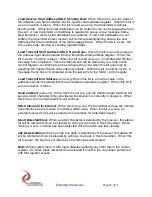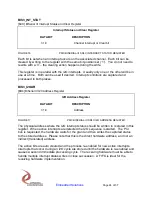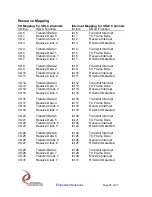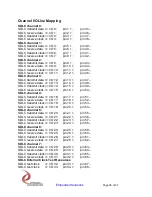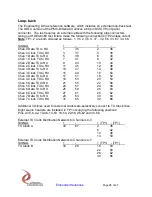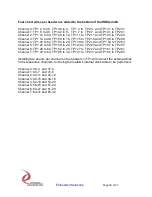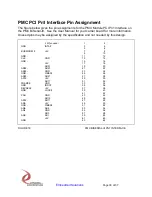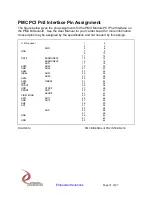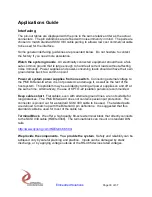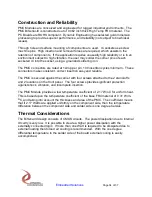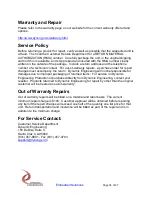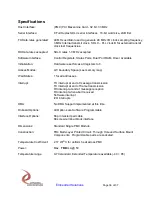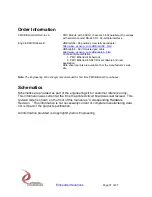
Embedded Solutions
Page 27 of 37
Interrupts
PMC BiSerial-III interrupts are treated as auto-vectored. When the software enters into
an exception handler to deal with a PMC BiSerial-III interrupt the software must read
the status register to determine the cause(s) of the interrupt, clear the interrupt
request(s) and process accordingly. Power-on initialization will provide a cleared
interrupt request and interrupts disabled.
For example, the PMC BiSerial-III TX state machine(s) generates an interrupt request
when a transmission is complete, and the TX int enable and Master interrupt enable
bits are set. The transmission is considered complete when the last bit is output from
the output shift register.
The interrupt is mapped to INTA on the PMC connector, which is mapped to a system
interrupt when the PCI bus configures. The source of the interrupt is obtained by
reading BIS3_INT_STAT. The status remains valid until that bit in the status register is
explicitly cleared.
When an interrupt occurs, the Master interrupt enable should be cleared, and the status
register read to determine the cause of the interrupt. Next perform any processing
needed to remove the interrupting condition, clear the latched bit and set the Master
interrupt enable bit high again.
The individual enables operate after the interrupt holding latches, which store the
interrupt conditions for the CPU. This allows for operating in polled mode simply by
monitoring the BIS3_INT_STAT register. If one of the enabled conditions occurs, the
interrupt status bit will be set, but unless the Master interrupt, and the channel interrupt
enable is set, a system interrupt will not occur.
I2O interrupts are also available. Program the Address where the interrupt status
should be written to in the I2OAR. Clear any stored interrupts in the I2O register, and
then program the I2O enable to be set. The hardware will collect interrupt conditions,
and write them to the address stored in the I2OAR. The interrupts will still need to be
processed at the hardware level.





